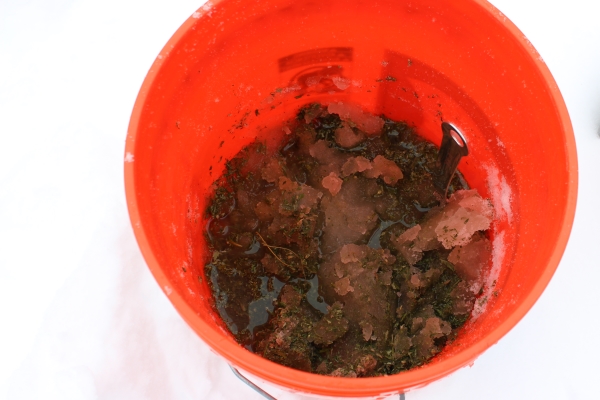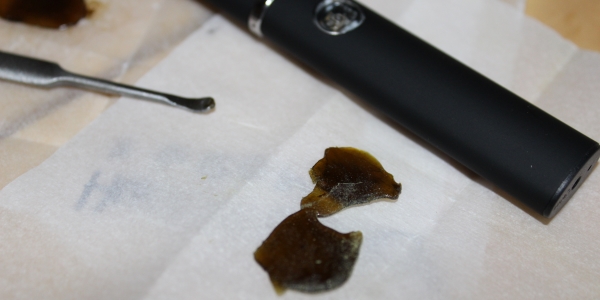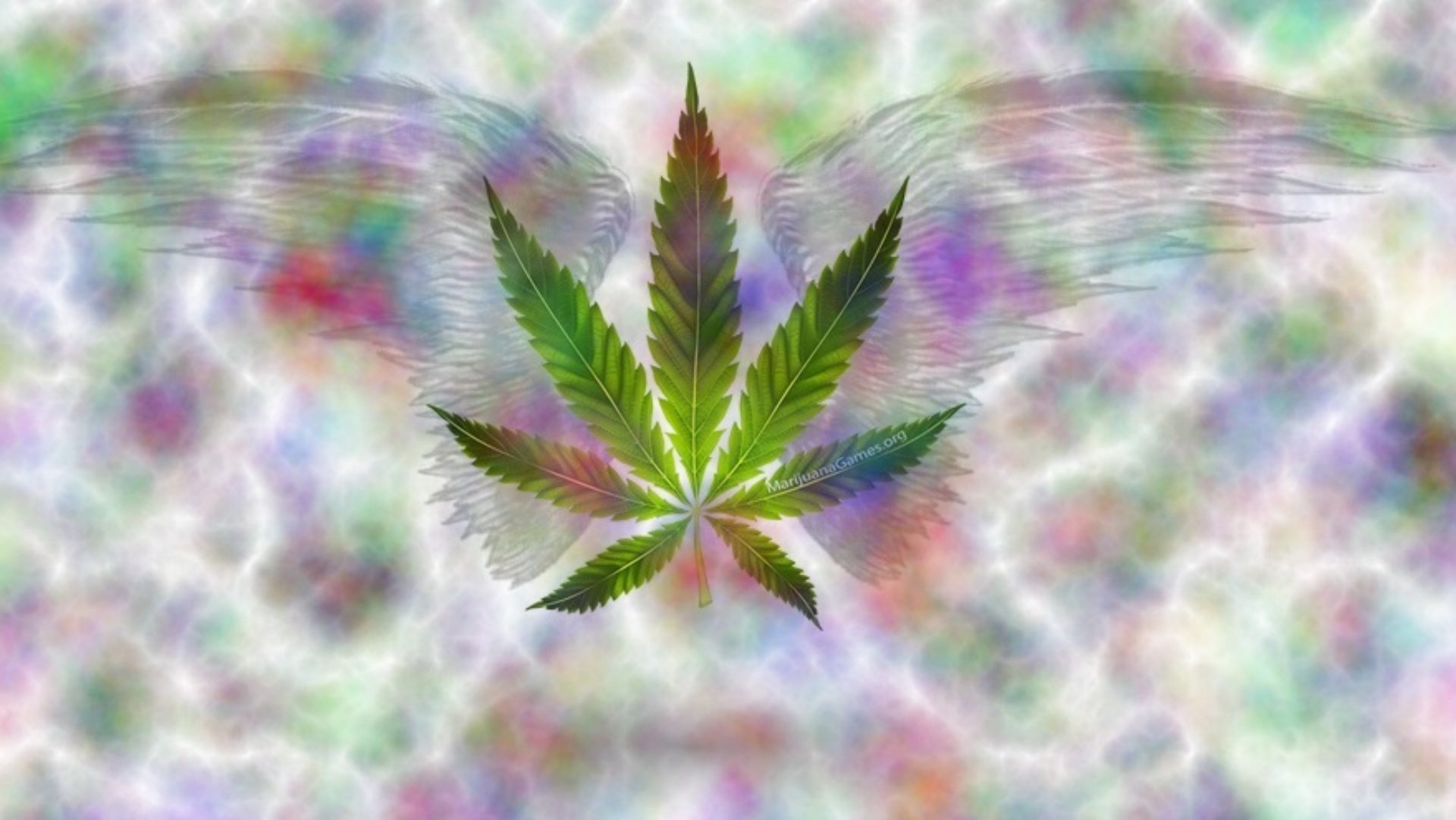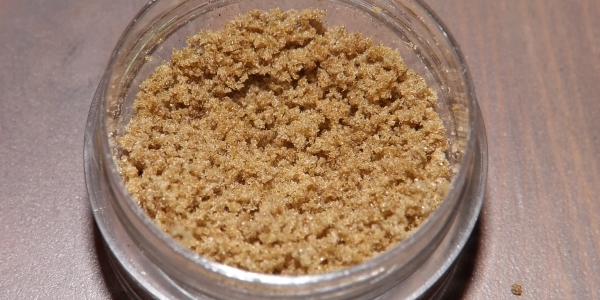A lot of people are asking “What are dabs?”, but the answers provided often contain hype and scare-mongering and little accurate information. The short answer is that weed dabs are extracts made from the flowers of cannabis plants. These extracts are powerful, but they’re not dangerous and to date no one has ever died from consuming dabs. But considering that public hysteria can and has already occurred regarding marijuana products (i.e.; 60 years of Reefer Madness), this article aims to set the record straight about exactly what weed dabs are.
What are Dabs?
Dabs are cannabis plant extracts – just like other plant extracts such as witch hazel, peppermint oil, or other plant essential oils. Weed dabs are made from marijuana flowers using one of several different processes. People have been making and consuming hundreds of different plant extracts for thousands of years using similar processes, so the reality here is that this is nothing new. However, thanks to the never-ending and ceaselessly stupid War on Drugs, the media has already begun scaring parents and authorities when they hear new cannabis terms like wax, shatter, BHO, budder and iceolator; all of which are substances that can be “dabbed.”
The actual name, “dabs,” comes from the particular method one must use when consuming dabs. See How are Dabs Consumed section below. In any case, dabs are already so popular that there is an international cannabis cup just for dabs/extractions, check out our review of the dab event, Dabadoo.
The fact of the matter is that you’re never going to find out that your kid is injecting iceolator in some gutter somewhere. That’s because most people who are currently using dabs are doing so because it is more efficient and overall better than the old way of combusting raw flowers; i.e., smoking weed.
Because dabs are extracts, they are much purer than raw marijuana and don’t contain most of the harmful toxins and particulates found when you burn/and/or smoke virtually any substance. Instead, dabs contain most of the active ingredients that people look for when they medicate or get high using cannabis. Nevertheless, some people – this author included – still prefer to smoke raw flower like Super Lemon Haze, Amensia Haze, or my favorite sativa, Choko.

How are Dabs Made?
The different names for dabs come from the processes used to produce that particular type. The main cannabis extracts that can be dabbed are:
Iceolator/Bubble Hash: This is made by extracting the trichomes (the glands in marijuana responsible for producing psychoactive compounds like THC) from raw cannabis flowers using only cold water and/or ice. The resulting product is essentially nothing but trichomes and trichome pieces.
BHO – Butane Hash Oil: Butane gas is used as a chemical solvent to strip the plant material (marijuana buds) of their active compounds. This product is also referred to as Shatter.
Rosin: This cannabis extract is made by using heat and extreme pressure. Rosin is often made at home using hair straighteners, or it can be made using THIS OFFGRID METHOD, or with an industrial rosin press.
CO2 Supercritical Extraction: This type of dab is made by using carbon dioxide in the extraction process, requiring industrial grade laboratory equipment in most cases.

How are Dabs Consumed?
Dabs are vaporized rather than burned or smoked. Regardless of the type of cannabis extract; rosin, shatter, wax, water extract, etc., the process is generally this:
- A dab rig resembling a large water bong is prepared by heating either a titanium receiver, head or other pipe piece with a torch.
- Once the implement in item 1 is glowing red-hot, the extract is placed on a titanium nail, glass wand or other tool. The tool is then used to carefully “dab” the product slightly above, over and against the heated piece. This causes the extract to be vaporized, and it is these vapors that are then inhaled by the user.
This process is called dabbing because of the motions required in item 2 above to vaporize the extract; the user must “dab” the product carefully to vaporize it properly.
Some people also use electronic vaporizers for concentrates, which provide a portable and discreet method of dabbing in public places. In many cases these vaporizers look like fat, square pens where the tops open and extract can be placed inside. A button is then pushed which activates a small ceramic element that “vaporizers” the product. Purists argue that this is not truly vaporizing, but it is a reasonably efficient method of consuming weed dabs.
What are the Benefits?
There are 3 primary benefits to dabs:
- Immediate Onset – The vapors produced by dabbing are inhaled and cross the blood-brain barrier almost immediately, which means that the effects of dabs are felt right away; for most people within seconds.
- Easy Titration – Titration of dosage is easy; a user simply stops taking dabs when the desired effect is achieved. There are no long waiting periods to gauge the effect.
- Cleaner than Cannabis Flowers – Burning plant matter such as raw cannabis flowers produces a significant amount of toxins and particulates. Dabs are the active parts of the flower only, so nearly all of the toxins and particulates have already been removed.
What are the Drawbacks?
Like the benefits of dabs, there are three primary drawbacks:
- Over-Consumption – Because weed dabs are so pure, they are also quite potent and can sometimes take a user by surprise. People who are new to dabs or to marijuana in general should use caution and go slow when starting with dabs. Taking too much won’t result in injury or serious problems, but sometimes severe discomfort and anxiety can result. This is true even for veteran smokers if they take too many dabs or consume a dab that is too large.
- Unclean Product – The quality of an extract is determined by the quality of the processes and equipment used to produce it. In some cases extracts can be contaminated. For example, iceolator that is not filtered properly can have undesirable plant material in it. Or worse, extracts like BHO might not be purged properly, leaving residues of butane or other chemicals in the “finished” product. These impurities can be toxic, resulting in illness or injury.
- Explosions – The process of making products like butane hash oil can be dangerous due to volatile and toxic fumes. Fires, explosions and illness are all possible if “dabs” are not made properly.
Conclusion
Dabbing is just another way to consume cannabis. Consider that some people like to drink beer, some like wine and others prefer scotch; each of these types of alcoholic beverages have different levels of potency and effect. You can loosely consider cannabis in the same manner:
- Beer = Regular Marijuana Flowers
- Wine = High Grade Sensimilla
- Scotch = Dabs
However, this should only be used to compare recreational use of cannabis products like dabs. Many medical users consume dabs for the significant medical benefits it provides for them. In these cases, a layman can consider dabs in the following manner:
- Aspirin/Ibuprofen: Regular Marijuana Flowers
- Vicodin/Percoset/Other Painkillers: High Grade Sensimilla
- Fentanyl/Morphine: Dabs
So it’s fairly clear to see that for both recreational and medical use, dabs and their clean, high-potency, immediate onset effects have their place among many people for a wide variety of purposes. After all, some people like Budweiser, and some just like bud. To each their own.
- Review: Apollo 27 Cannabis Club in Barcelona - December 26, 2020
- Review: Betty Boop Cannabis Club in Barcelona - August 4, 2020
- Stoners Guide to Lanzarote, Spain - July 8, 2020



1 thoughts on “What Are Dabs? Weed Dabs Explained”
Thank you!. Very good information!